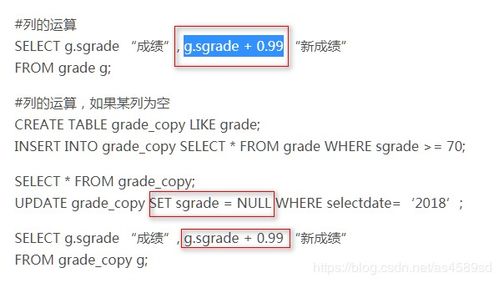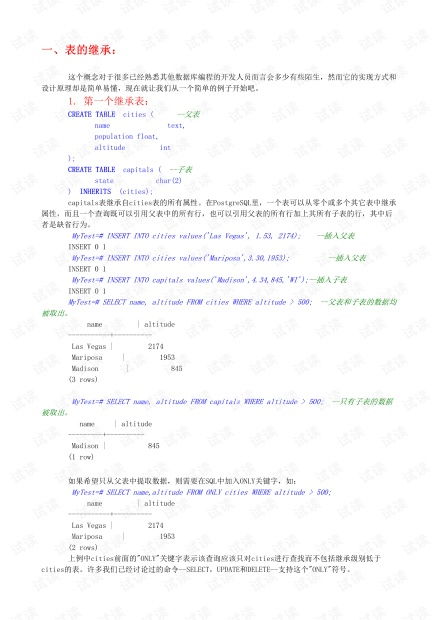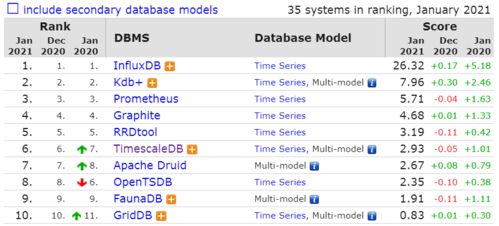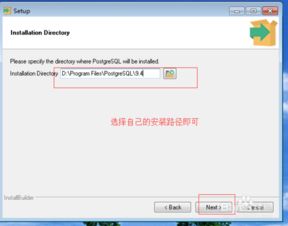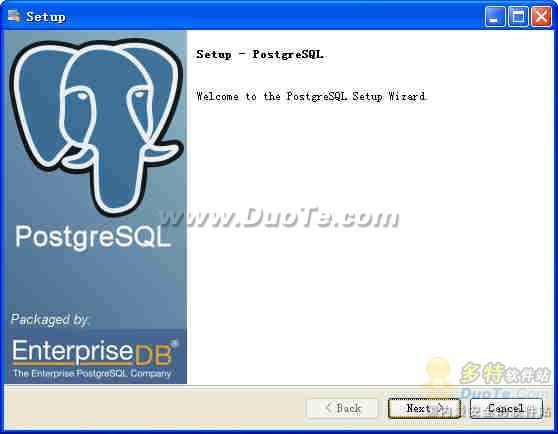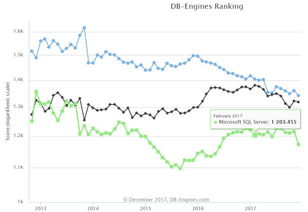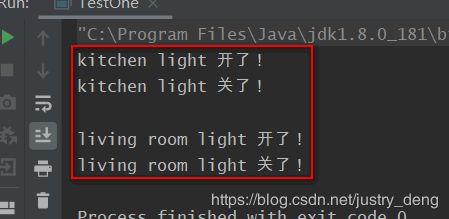这篇文章主要介绍了vue3 watch和watchEffect的使用以及有哪些区别,帮助大家更好的理解和学习vue框架,感兴趣的朋友可以了解下
1.watch侦听器

引入watch
import { ref, reactive, watch, toRefs } from 'vue'
对基本数据类型进行监听----- watch特性:
1.具有一定的惰性lazy 第一次页面展示的时候不会执行,只有数据变化的时候才会执行
2.参数可以拿到当前值和原始值
3.可以侦听多个数据的变化,用一个侦听起承载
setup() {
const name = ref('leilei')
watch(name, (curVal, prevVal) => {
console.log(curVal, prevVal)
})
}
template: `Name: <input v-model="name" />`
对引用类型进行监听-----
setup() {
const nameObj = reactive({name: 'leilei', englishName: 'bob'})
监听一个数据
watch(() => nameObj.name, (curVal, prevVal) => {
console.log(curVal, prevVal)
})
监听多个数据
watch([() => nameObj.name, () => nameObj.name], ([curName, curEng], [prevName, curEng]) => {
console.log(curName, curEng, '----', prevName, curEng)
setTimeout(() => {
stop1()
}, 5000)
})
const { name, englishName } = toRefs(nameObj)
}
template: `Name: <input v-model="name" /> englishName: <input v-model="englishName" />`
2.watchEffect

没有过多的参数 只有一个回调函数
1.立即执行,没有惰性,页面的首次加载就会执行。
2.自动检测内部代码,代码中有依赖 便会执行
3.不需要传递要侦听的内容 会自动感知代码依赖,不需要传递很多参数,只要传递一个回调函数
4.不能获取之前数据的值 只能获取当前值
5.一些=异步的操作放在这里会更加合适
watchEffect(() => {
console.log(nameObj.name)
})
侦听器的取消 watch 取消侦听器用法相同
const stop = watchEffect(() => {
console.log(nameObj.name)
setTimeout(() => {
stop()
}, 5000)
})
const stop1 = watch([() => nameObj.name, () => nameObj.name], ([curName, curEng], [prevName, curEng]) => {
console.log(curName, curEng, '----', prevName, curEng)
setTimeout(() => {
stop1()
}, 5000)
})

watch也可以变为非惰性的 立即执行的 添加第三个参数 immediate: true
watch([() => nameObj.name, () => nameObj.name], ([curName, curEng], [prevName, curEng]) => {
console.log(curName, curEng, '----', prevName, curEng)
setTimeout(() => {
stop1()
}, 5000)
}, {
immediate: true
})
以上就是vue3 watch和watchEffect的使用以及有哪些区别的详细内容,更多关于vue3 watch和watchEffect的资料请关注脚本之家其它相关文章!
来源:脚本之家
链接:https://www.jb51.net/article/204827.htm



